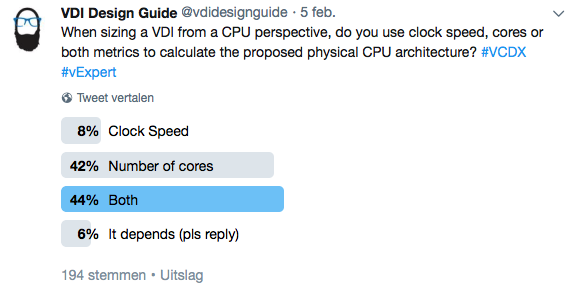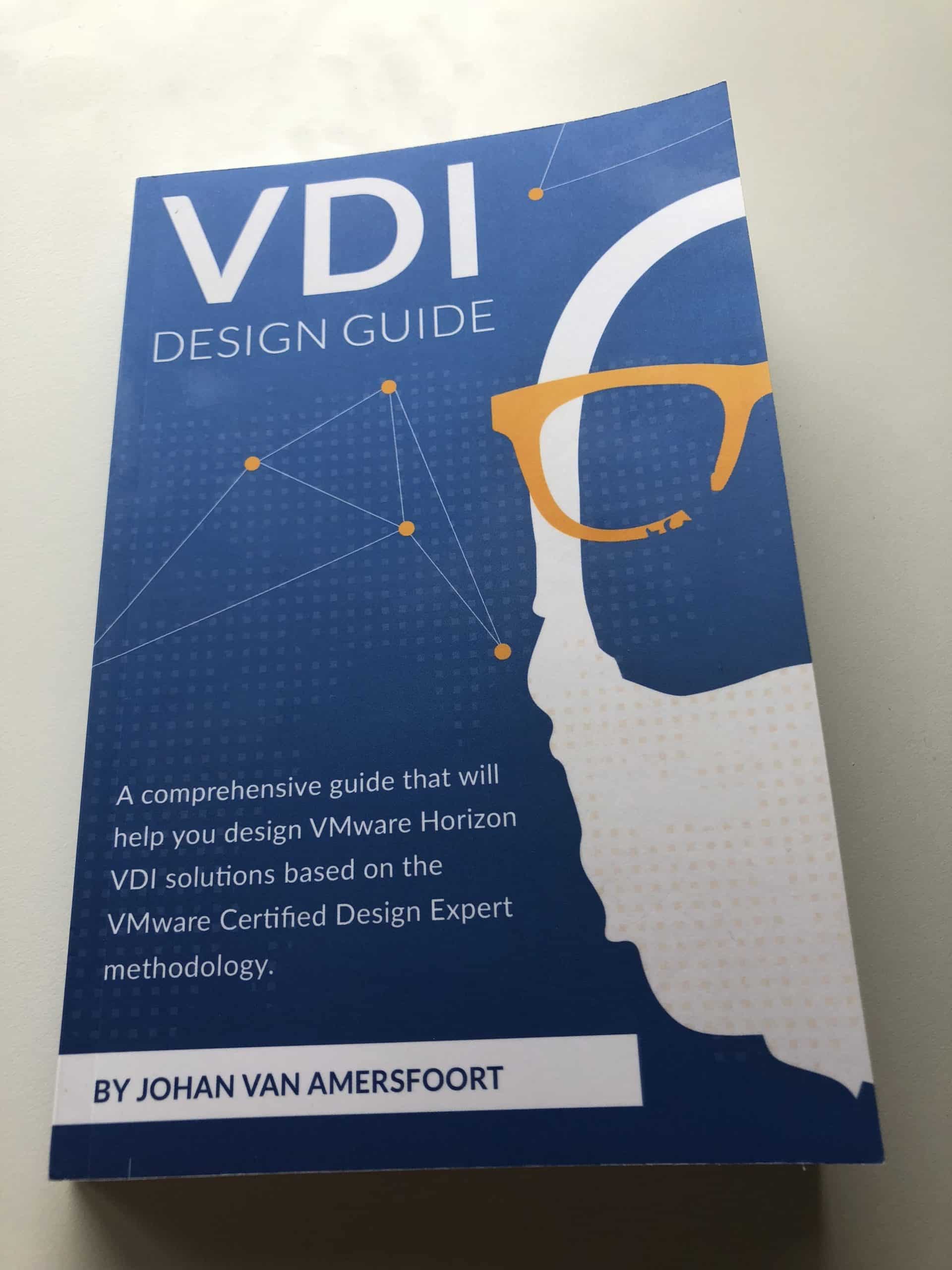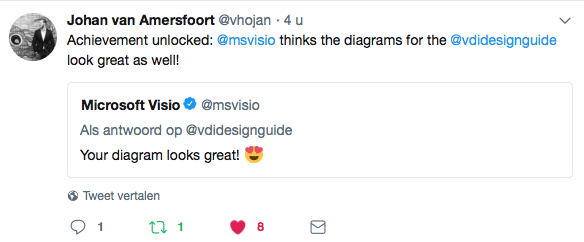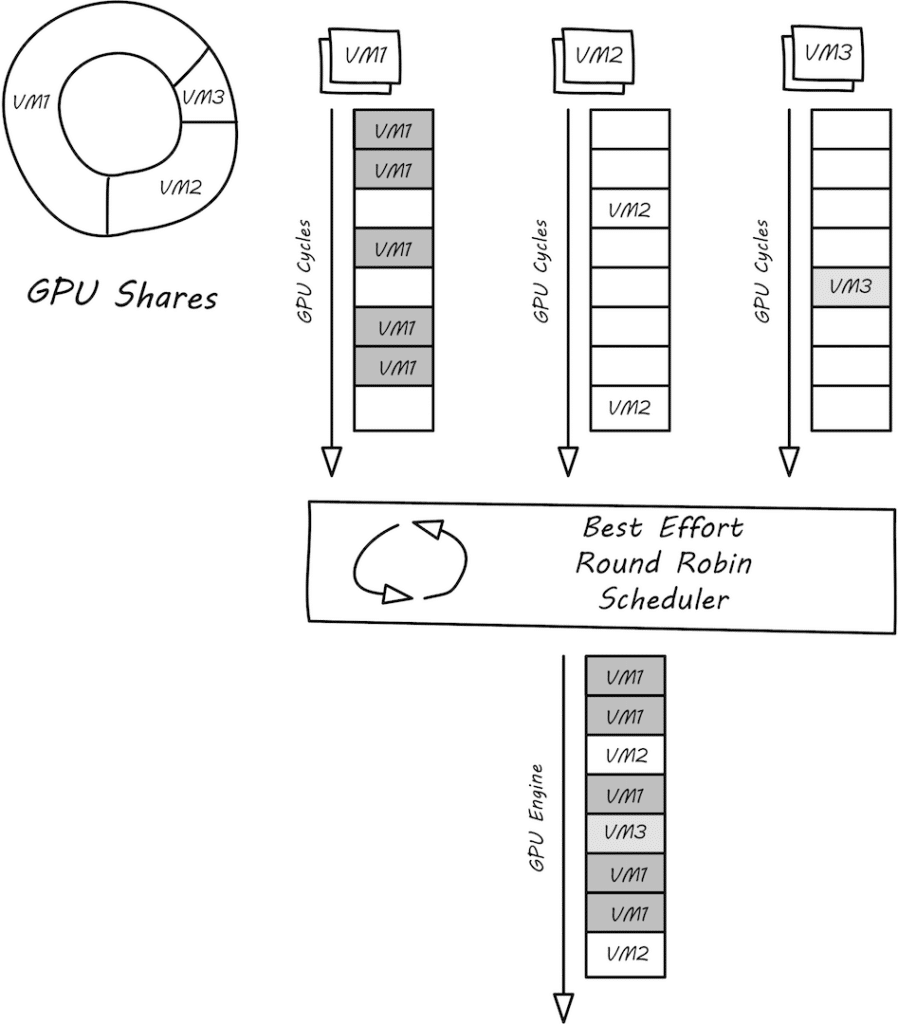The past year has been a very interesting one. Those of you who followed me on my blog, on twitter or in real-life may have noticed that I’ve been busy with a project called The VDI Design Guide. In the past couple of years, I have collected a lot of information about designing VDI solution. These bits and pieces together formed the basis of what is an almost-finished book.
When I started this project, I had a clear image of what the result should look like: a structured guide that is able to run you through all possible steps from building a business case to validating your design and everything in the middle. In a year, a lot can happen. And so, I thought of a way to let the future-reader decide what the result should look like. Every couple of weeks, I posted a poll on the https://twitter.com/vdidesignguide twitter account. The outcome of the poll has quite often surprised me and in some cases, completely changed the direction of certain topics. A great example of this is the following poll:
As we all know, assumptions are the mother of all f*ck ups. My assumption, in this case, was that the way of sizing CPUs would be unanimous. Something that didn’t show up in the result of the poll. This made me decide to dedicate a full section to sizing, including sizing examples for designs with single use cases and multiple use cases (including GPUs).
Another example is the possible move to the cloud:
I didn’t have any expectations in this case. I find DaaS still a bridge too far and at most of the customers I have worked, the datacenter with its application workloads isn’t capable of running in a public cloud, so why should the desktops? The answer surprised me in a way that 25% of the people who voted are actually thinking about adopting a form of DaaS/VMC/Azure within the next 2 years. Because of this, I included cloud options in the DR section as well (including Horizon 7 on VMC).
Like the subtitle of the book explains, it uses the VCDX design methodology. The main goal is to help you design a VDI based on that framework. Another goal is to inspire more EUC specialists to become a VMware Certified Design Expert in Desktop and Mobility (VCDX-DTM). One of the important parts of a defense is to be able to use a whiteboard. As I love whiteboarding and created some of the drawings on my own whiteboard first, before creating them in Visio, I came to the idea to add whiteboard drawings of basically everything (and I absolutely love them). I even got a tweet from the Microsoft Visio twitter handle that they love the diagrams as well:
To give you an idea of what the drawings will look like, this is an example. The drawing describes one of the GPU Schedulers modes for NVIDIA GRID vGPU:
It took me over 12 months to be at the point where I am now. Over 300 pages of VDI Design awesomeness including trending components, you would possibly include in your design such as NSX, GPUs, UEM, Windows 10, Cloud Pod Architecture, different endpoints, etc. With the help of some of the greatest people in the community like Marco van Baggum, Sean Massey, Fabian Lenz, Ray Heffer, Simon Long and the guys from NVIDIA, the book is almost finished. The next couple of weeks are going to be used to finalize the content, review everything, run through the feedback, and finally publish it through the Amazon bookstore. Keep following any of the social media accounts or this blog to be to first to hear about news and updates!
The post Coming soon: The VDI Design Guide appeared first on vHojan.nl.
The original article was posted on: vhojan.nl














